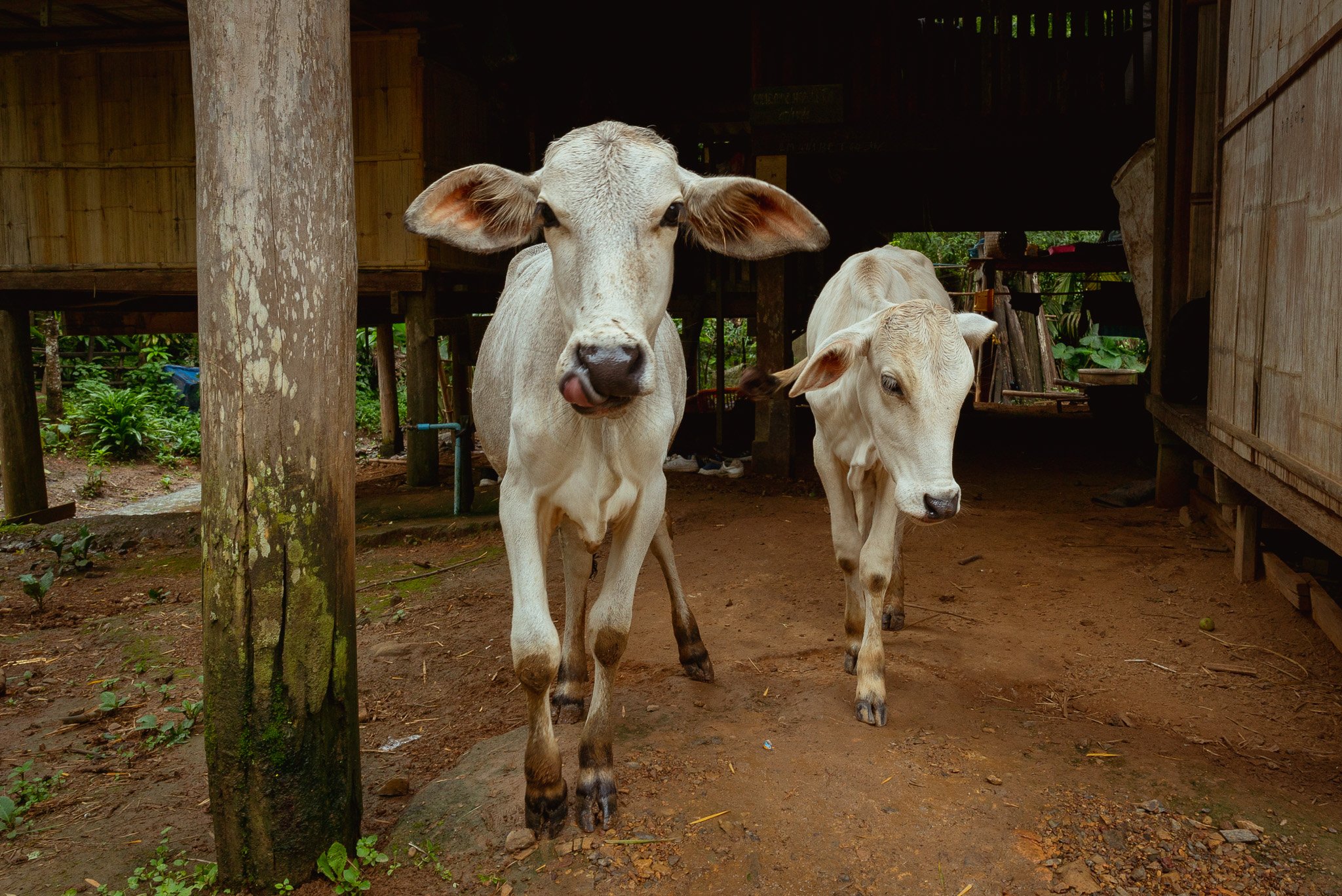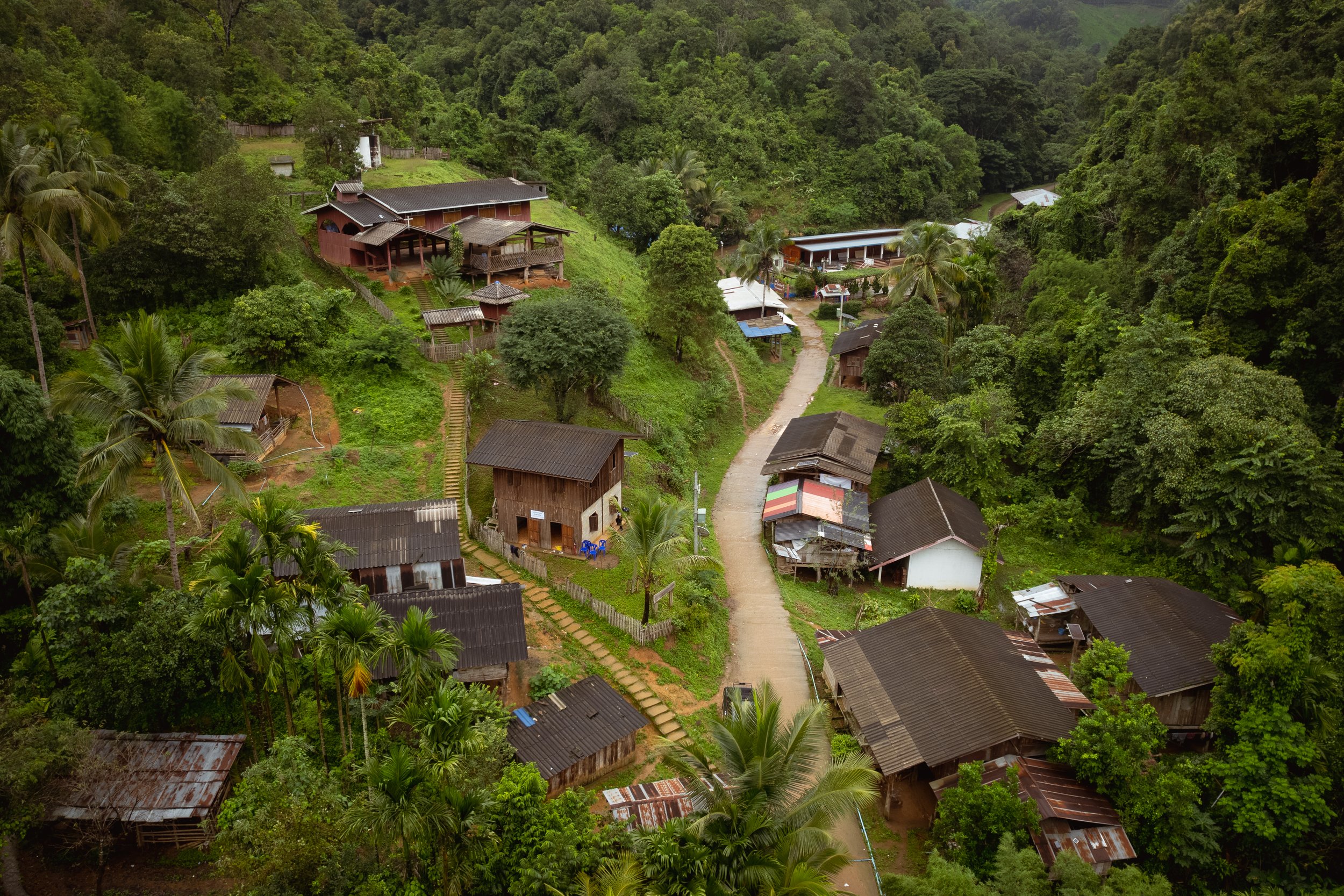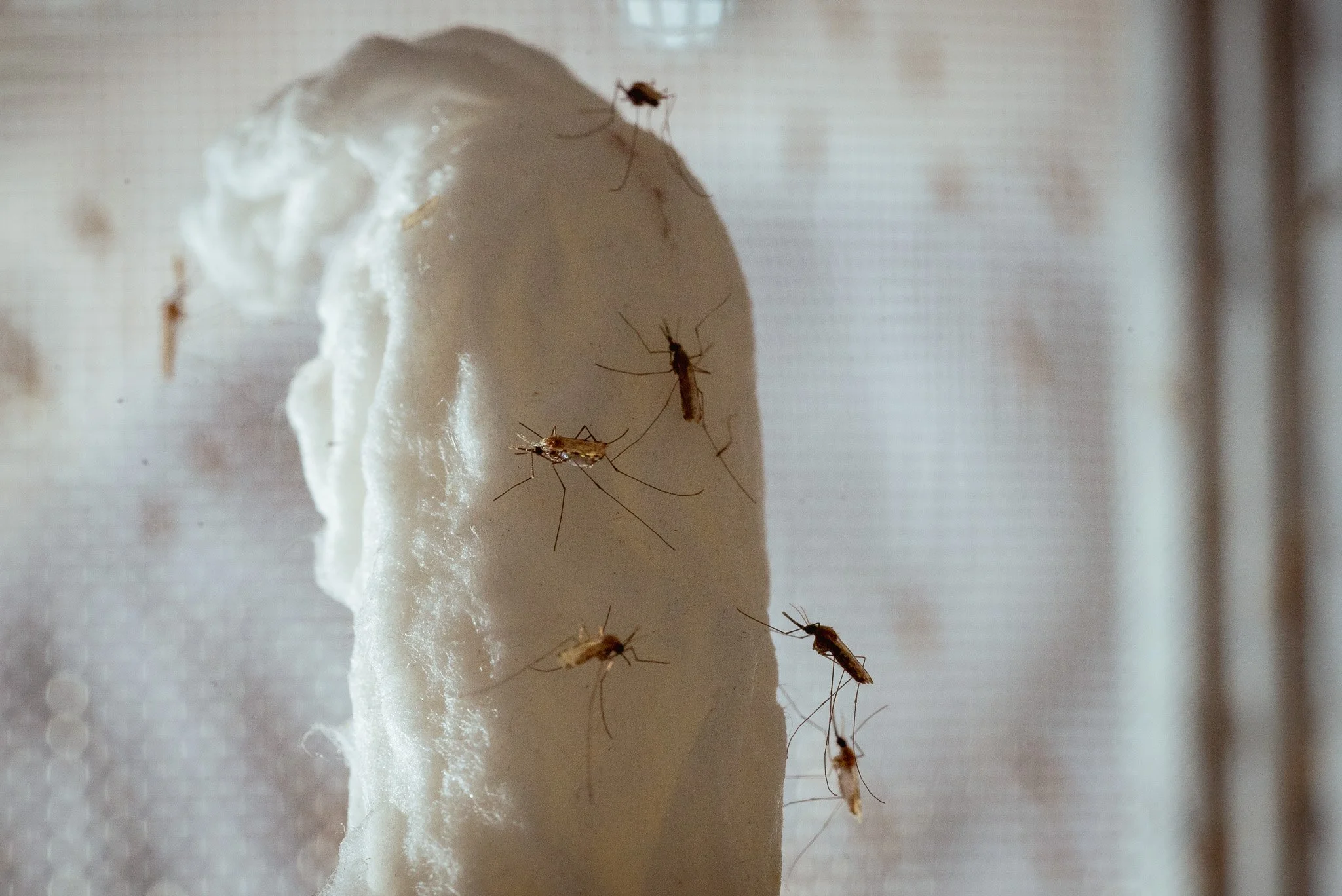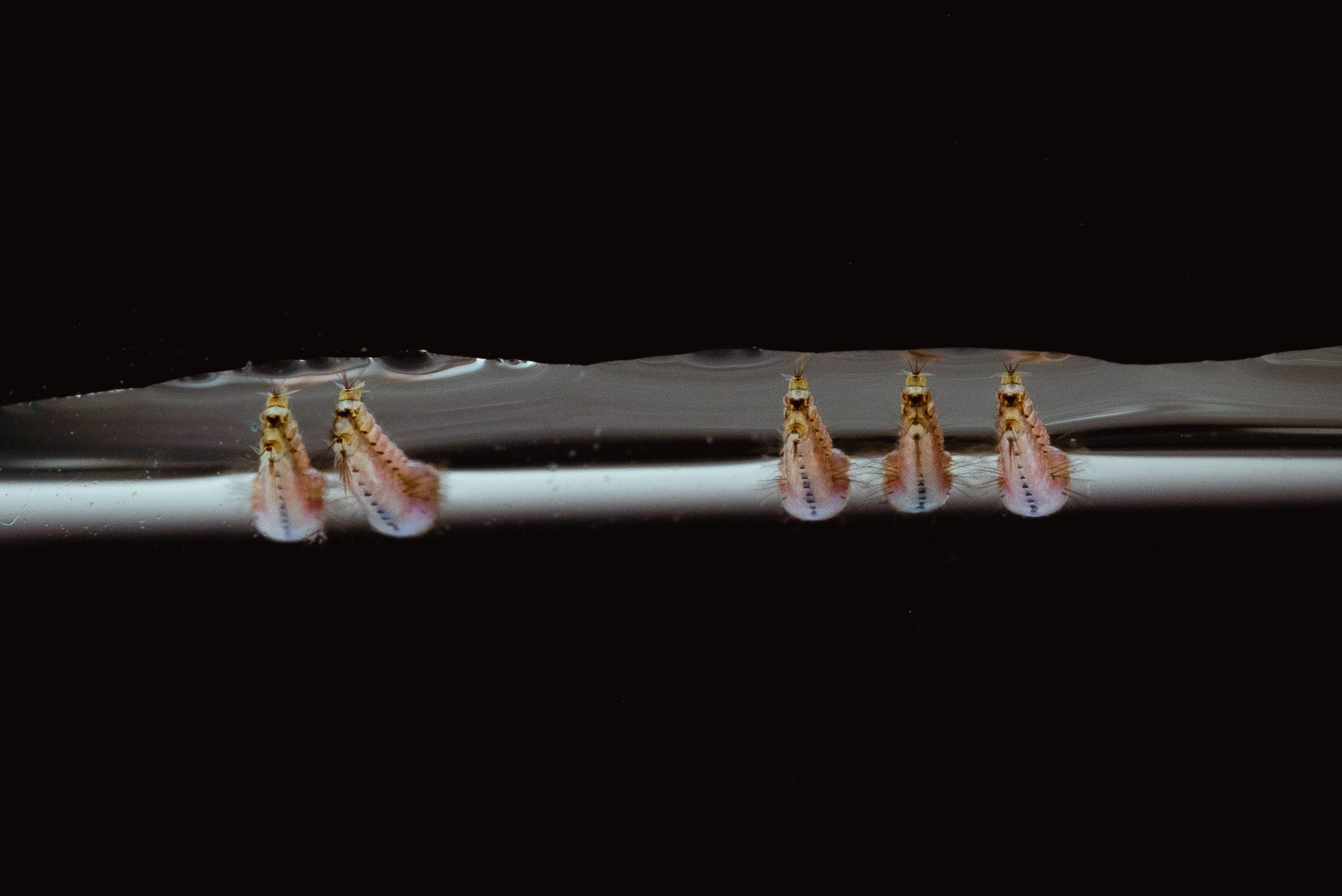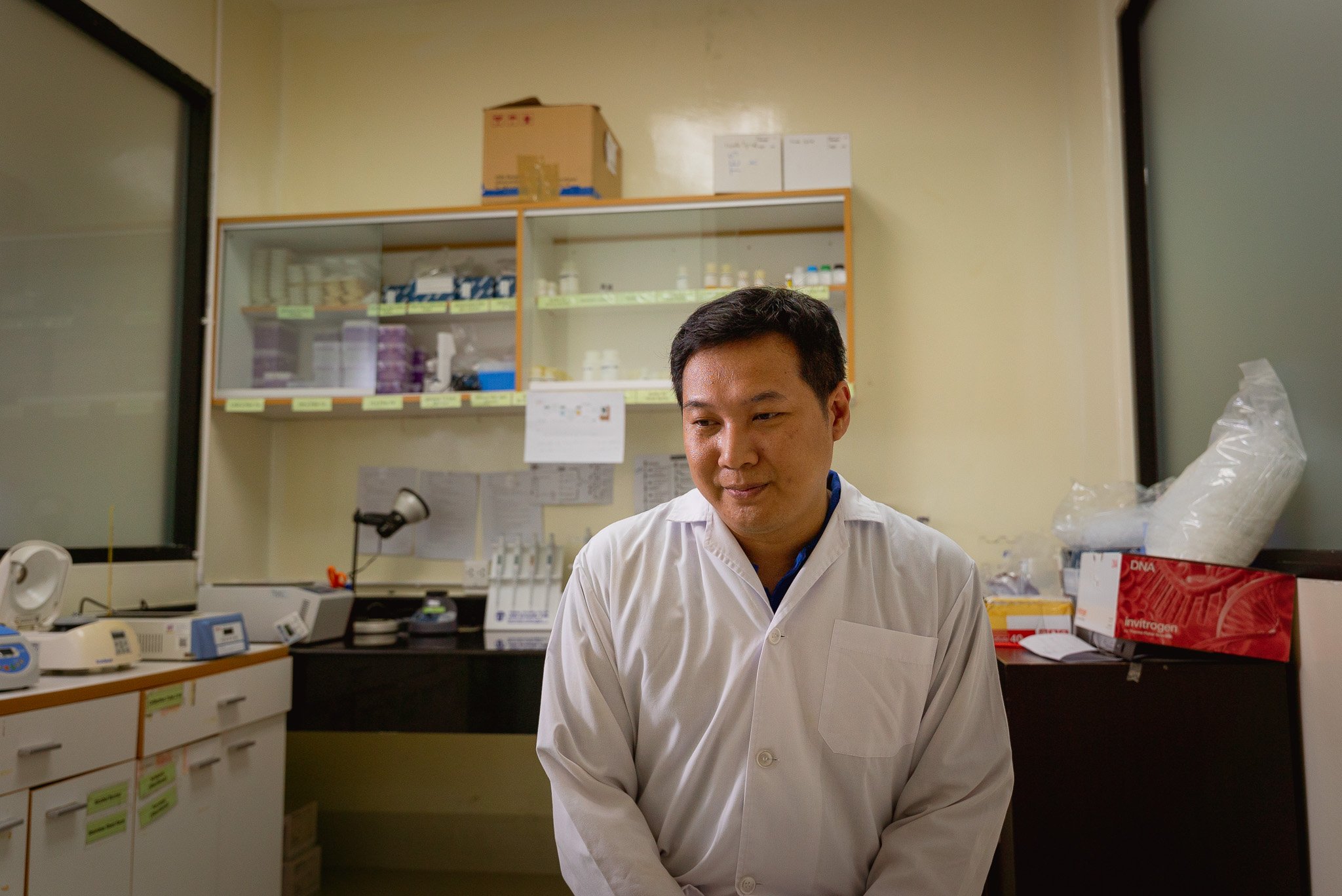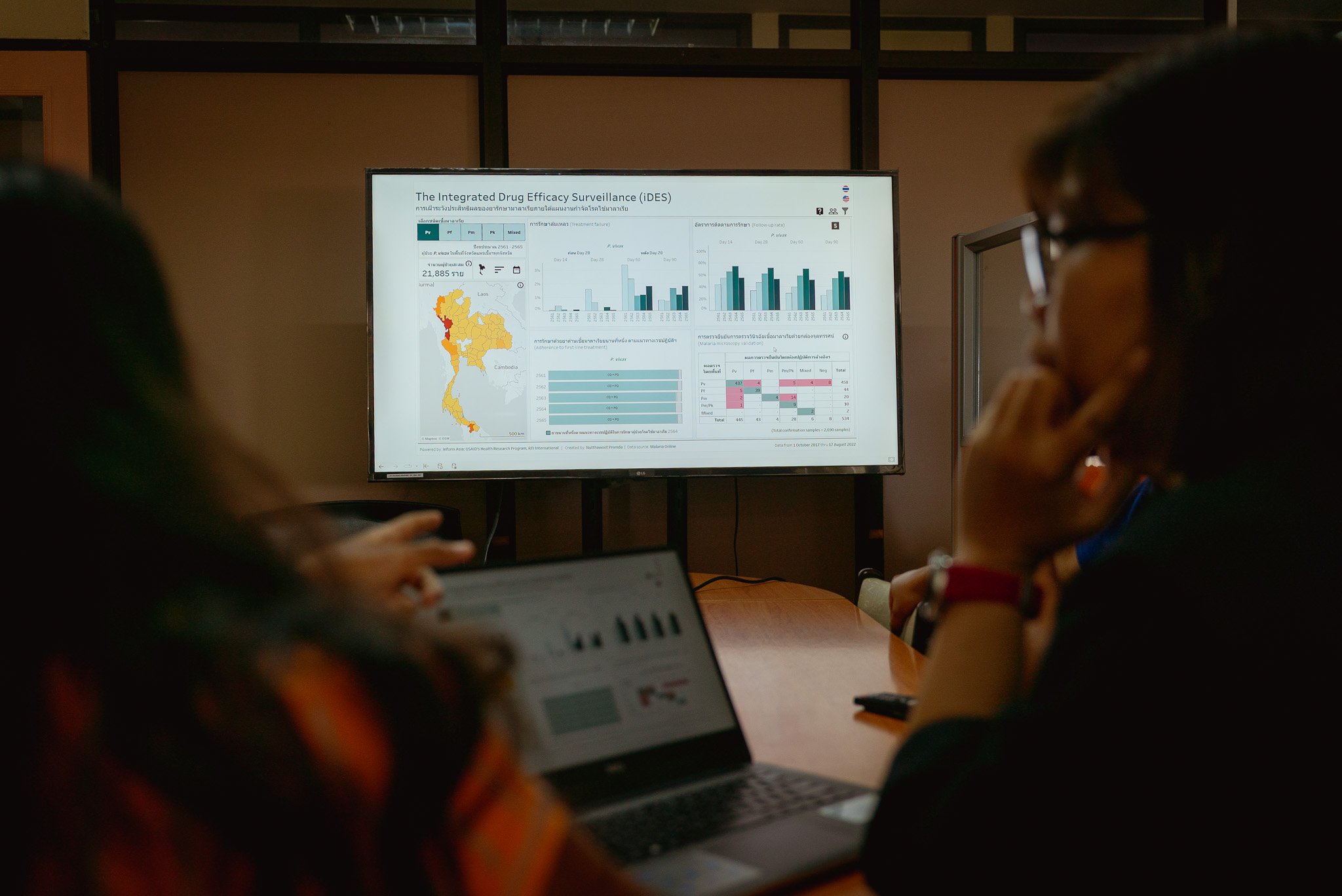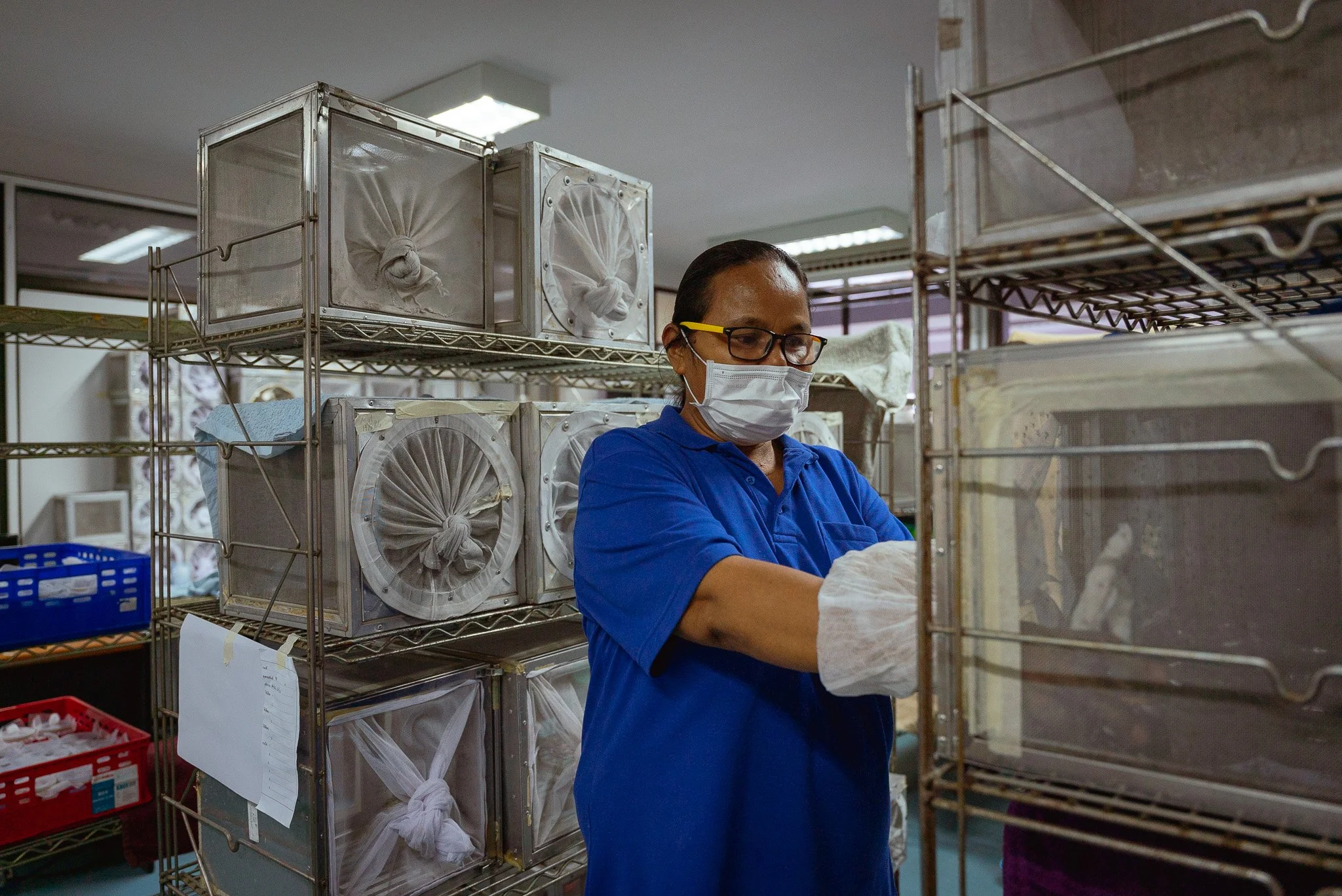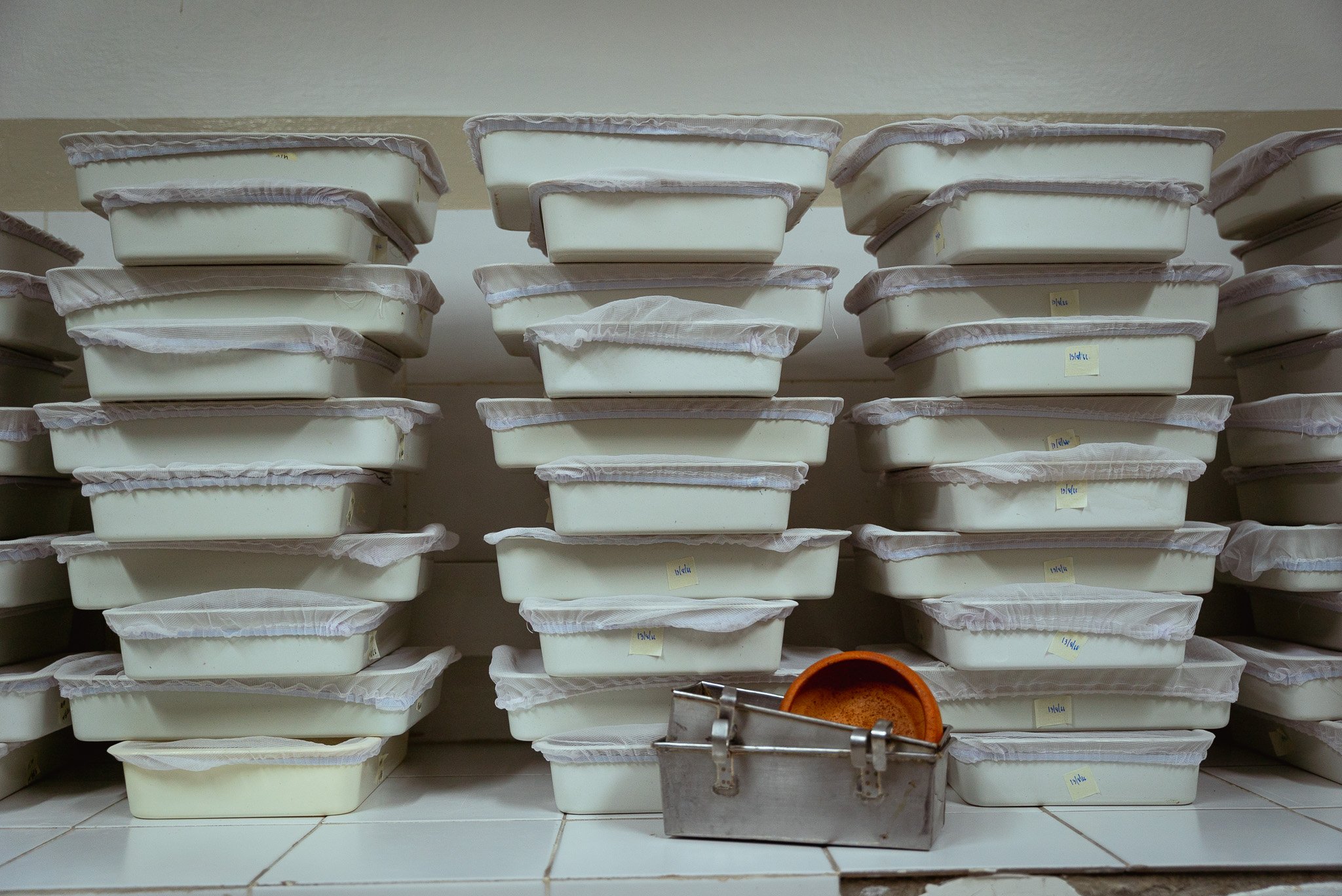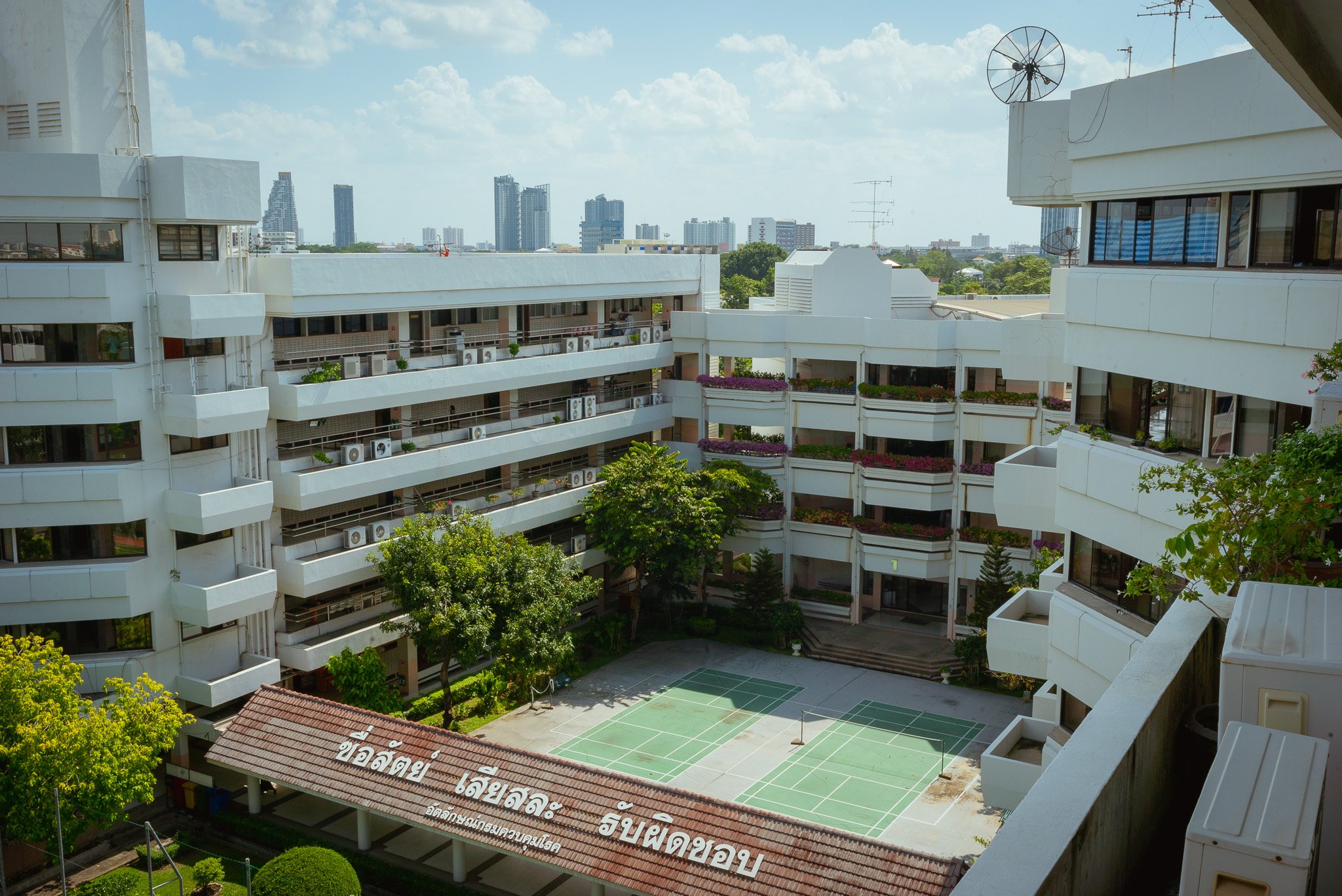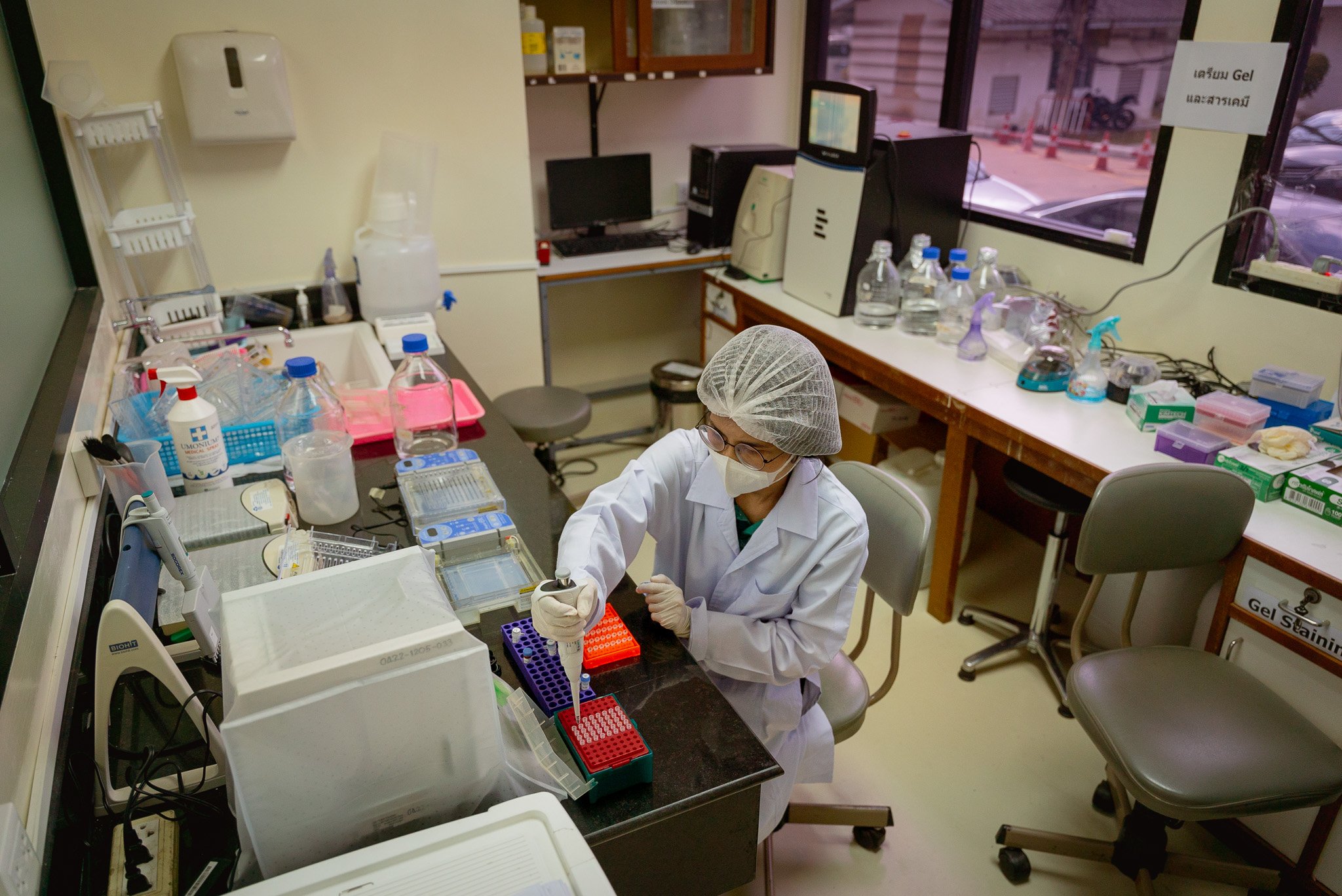
Eliminating Malaria
Thailand aims to eliminate malaria by 2024, following China's malaria elimination certification in 2021 and Sri Lanka's in 2016. The country reported only 2457 malaria cases in 2022, down from 24,332 in 2015, reflecting broader progress across the Greater Mekong Subregion.
Tumdhae Wongpanaprasit recently contracted malaria. The 88-year-old is a member of the Karen ethnic community, born and raised in Haui Haum village in the northern Thai province of Mae Hong Son. People here usually rely on traditional medicine; Tumdhae sometimes goes into the forest to collect plants himself. But today, he has come to receive a blood test and drugs from Panaeloi Chuenprasob, a healthcare volunteer, and part of the WHO Mekong Malaria Elimination programme. Microscopy remains the gold standard for malaria diagnosis. Microscopy technician Duranee Khongkarat then provides consultation in the closest town, Mae Sariang.
Programmes like the Mekong Malaria Elimination (MME) programme hope to support countries to achieve malaria elimination in the entire subregion by 2030. But some people can be especially hard to reach. Ethnic communities living deep in the mountains on the Thai-Myanmar border often struggle to access modern healthcare. In the monsoon season, landslides can make navigating to hospitals difficult, and some villages are only accessible by boat along the Yuam river. Most people live hand-to-mouth, and tend to avoid expending the time, effort, and money to go much further than the local village health center. Volunteers like Panaeloi can help to advocate for their community at the provincial level to help tailor malaria eradication and elimination efforts to local contexts and thereby increase programme efficacy.
Team
Producer | Nicolas Axelrod
Director of Photography | Nicolas Axelrod
Animator | Emilie Languedoc
Photographer | Mailee Osten-Tan
Local Producer | Jirada Sanguanwong









